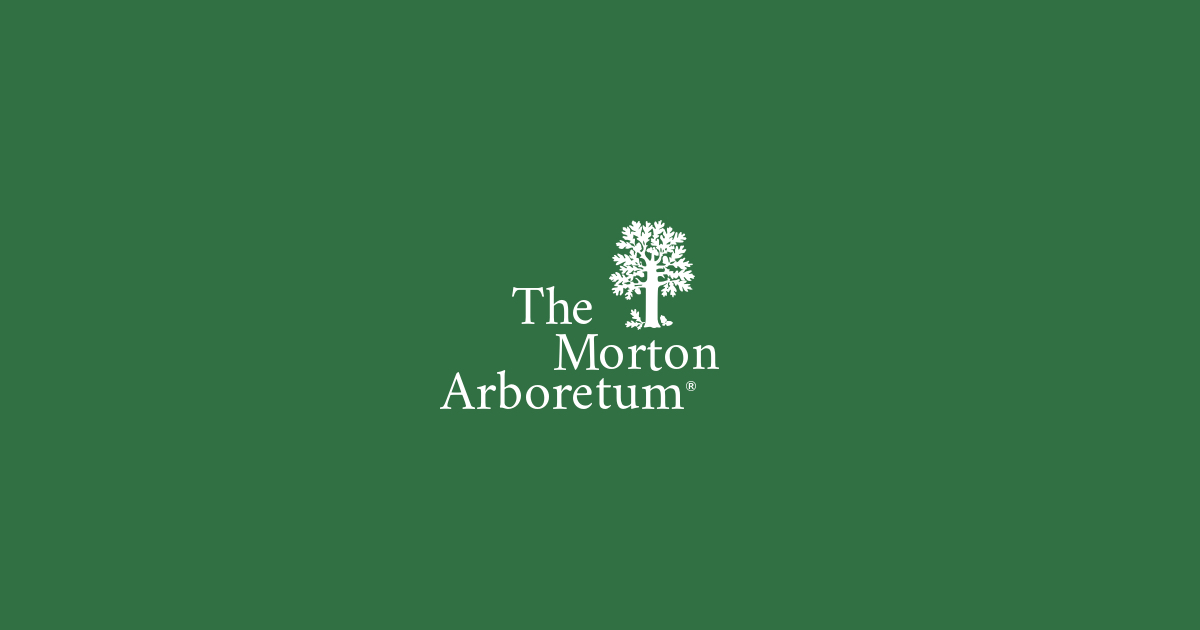Midtown Urbanist
Superstar
I recall the fields being busy during late afternoons and evenings with all kinds of recreation leagues in previous years.


Playing cricket must be very intense, given how the cricket ovals are among the least accessible fields in Sunnybrook Park.Sunnybrook's fields are well used.
Removing them in favour of nature is not a political fight I would engage it at this point.
That said, they are very poorly situated.
Have a look:
View attachment 263008
To drive/bike in to them from the south, east or west, you would use the main entrance off Leslie.
Its a whopping 2.15km the last leg of which is going up a sizable hill.
As a pedestrian, there is a short-cut, up a staircase......
But its still 1km to get to the stairs; then a good climb; get your pre-game workout in!
View attachment 263009
There are 2 other access points from the north..........though if you didn't know they were there................
View attachment 263010
View attachment 263011
Those are off the ends of Salonica and Glen Orchy.
Transit Access of any quality is really from Eglinton/Leslie which means that huge walk follows.
There is a Bridle Path bus ......but its only every 30M and doesn't run after 7:24pm on a Sunday.
It also doesn't provide a connection east of Don Mills Rd.
View attachment 263012
If we had the budget and political boldness; stuff like this would get a total re-think.
The sports fields would move next to transit routes, busy roads, and schools.
And isolated places like this would be reserved to nature.
That said, at a whopping 70 acres, the cost of replacing these fields in a better location isn't likely to happen in my lifetime.
In the immediate area, (Bridle Path) you'd be looking at 1B in land acquisition alone, based on this MLS listing at 28M and change for 2 acres:

So, I think we may need to defer that.
Though there may room to look at using former schools and some of the table land portion of various golf courses to create both more and better located fields and possible remove 1-2 of the Sunnybrook fields in favour of more forest.

Its really too bad I keep seeing this type of planting especially in front of shitty developmentsI previously showed this example at an earlier point...................how not to plant trees;
This is the 'after/why' shot: (from Livmore) Note the small opening for the trees; sidewalks are not reinforced/floating; trees are way too close to the building.
One dead, one soon to be.
View attachment 277654
For the record: the above is not really worth replanting into.
If I had to; I'd take a shot w/Honey Locust since its the most tolerant of crappy conditions.
But really, start over; dig it all up...........do it properly.
If utilities preclude more room underground; then go with a large, above-ground planter.
Otherwise, might as well pave it over.
Its really too bad I keep seeing this type of planting especially in front of shitty developments




